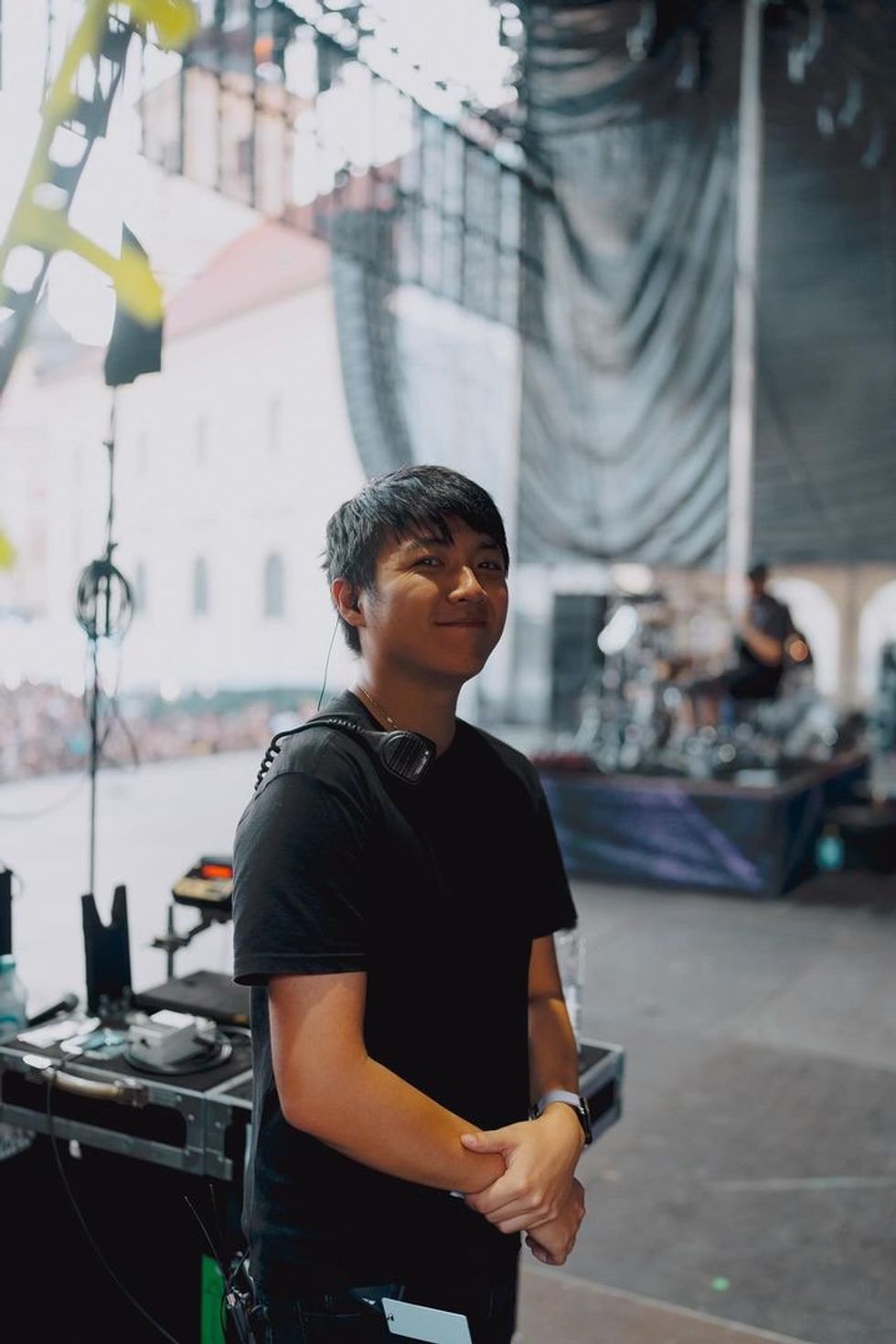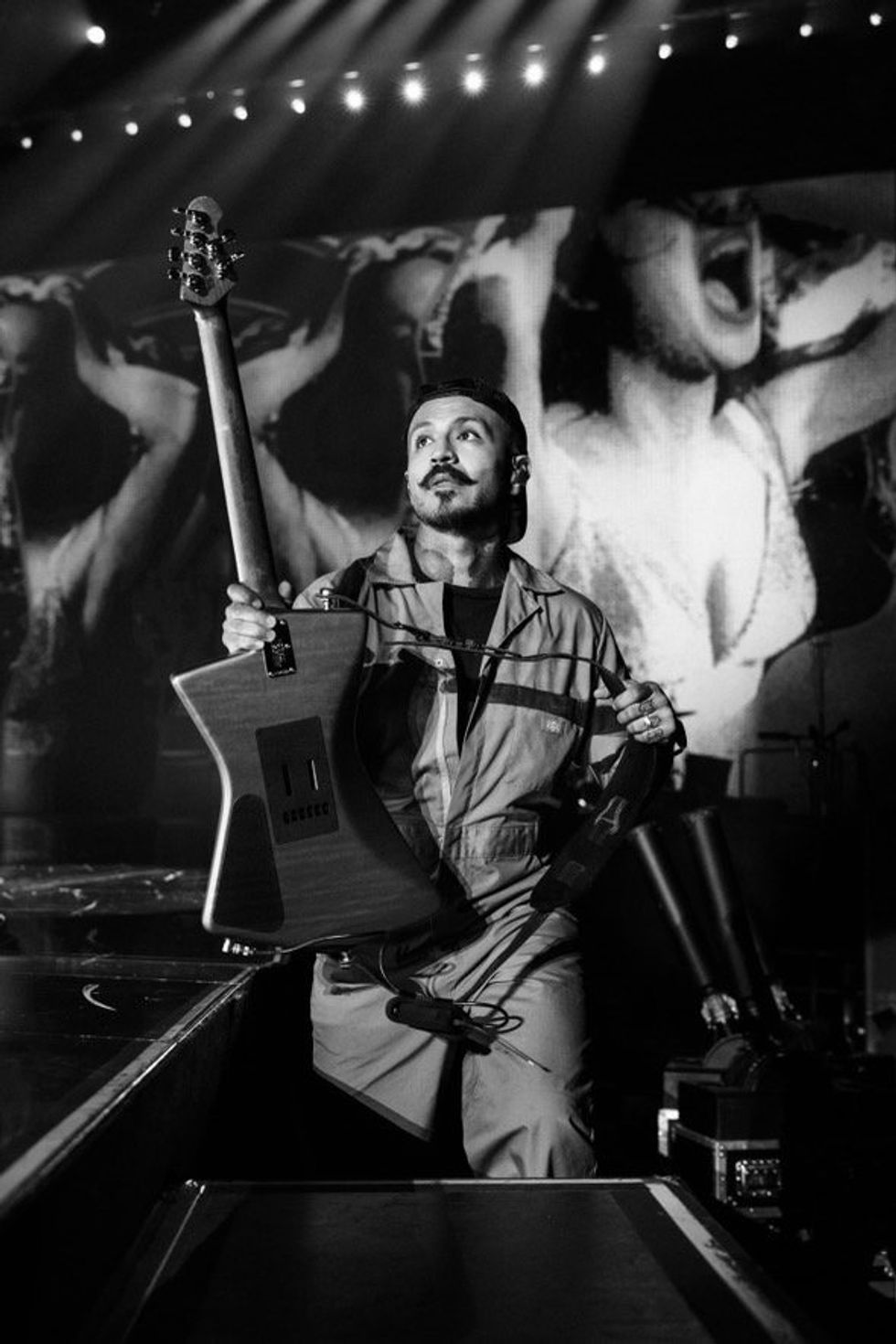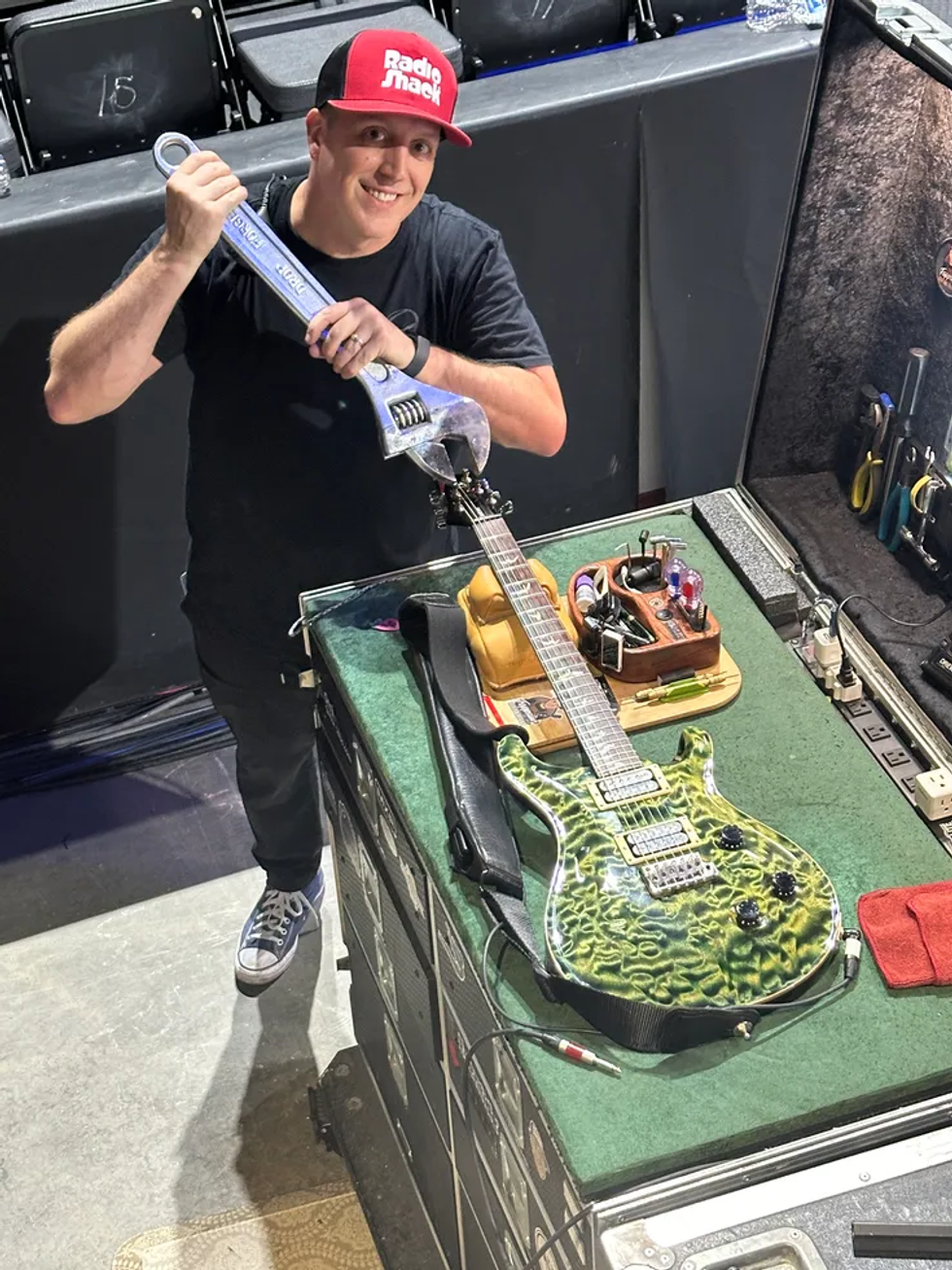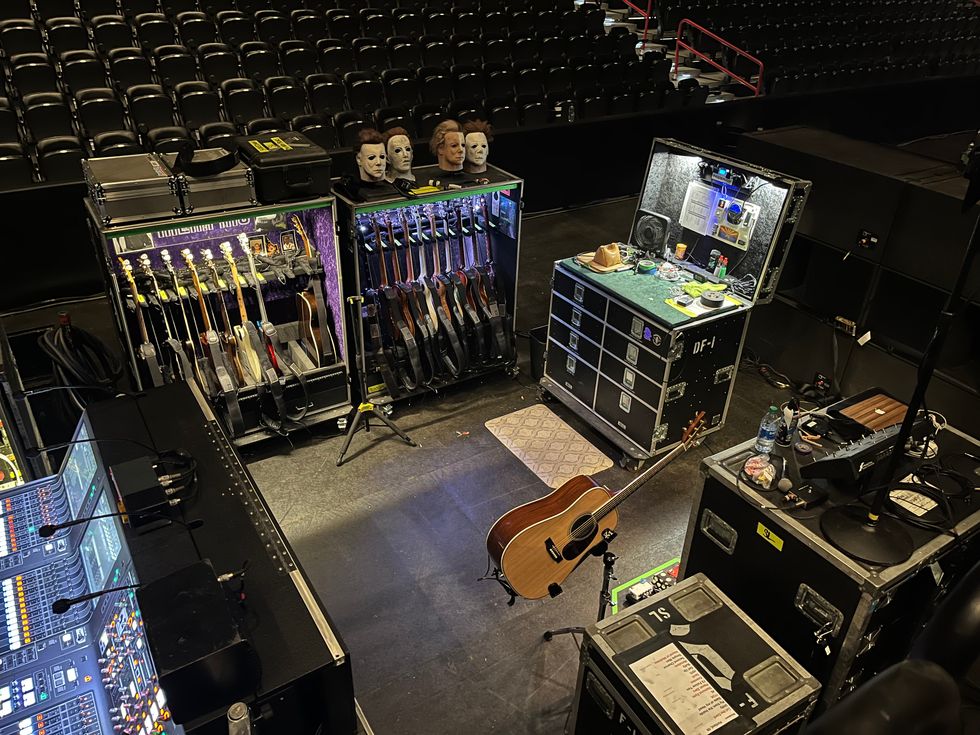Jason Vieaux is a busy guy. He’s released more than a dozen albums since 1993, he heads the guitar department at Ohio’s Cleveland Institute of Music, and serves on the faculty of the Curtis Institute of Music in Philadelphia. He’s a member of the advisory board for the Guitar Foundation of America (GFA), and he runs an online classical guitar school through ArtistWorks. Meanwhile, Vieaux crisscrosses North America several times per year, performing solo concerts and collaborating with such artists as flutist Gary Schocker, harpist Yolanda Kondonassis, mezzo-soprano Sasha Cooke, and bandoneon/accordion player Julien Labro.
Vieaux has followed a picture-book path for a classical guitarist: Growing up in Buffalo, New York, he began playing at age 7, working with private teachers until attending the Cleveland Institute of Music as a college student. In 1992 he became the youngest-ever winner of the annual GFA competition, launching a professional career that’s been in high gear ever since.
Vieaux’s albums include titles dedicated to works by Johann Sebastian Bach, Manuel Ponce, Astor Piazzolla, and—perhaps surprisingly for a player strongly rooted in the classical tradition—Pat Metheny. But on his just-released album Play (Azica Records), Vieaux takes a sort of a “greatest hits” approach to his repertoire, featuring pieces ranging from Andrés Segovia’s “Estudio Sin Luz” and Francisco Tárrega’s evergreen “Recuerdos de la Alhambra” to contemporary gems such as Roland Dyens’ “Tango en Skai,” and Andrew York’s “Sunburst.” Vieaux doesn’t reinvent any of these, but you’d be hard pressed to find versions performed with more confidence, better tone, and a more complete understanding of the material. If you’re new to classical guitar, Play serves as an excellent introduction to some of the genre’s most popular pieces, and even if you’re familiar with the material, Vieaux’s virtuoso playing will keep you engaged.
Premier Guitar caught up with the 41-year old guitarist by phone just after he’d returned from performing with the North Mississippi Symphony Orchestra and just before he headed back out for a solo gig in Massachusetts. Did I mention the guy is busy?
How did Play came about?
I try to alternate solo CDs with collaborative projects. It became that time to make another solo CD, and although I’d eventually like to do another Bach CD, I realized that I was coming up on my 20th anniversary as a professional player, and it just felt right to put together more of a fun project, where I would just play crowd-pleasers, things that the audiences know really well. I’ve done so many concerto gigs with orchestras where I would play an encore like “Recuerdos de la Alhambra,” or “Capricho Arabe,” and the audiences would always ask, “Do you have that on a CD?” And so all those encore pieces, the ones people really respond to, are on the CD.
How did you choose the pieces?
Half are things that I’ve played, either as encores or in all-Spanish or all-Latin American recitals, and half are pieces that I’ve always loved but never gotten around to playing, like [Paulo Bellinati’s] “Jongo” or the theme from The Deer Hunter, “Cavatina.” I’ve always loved that piece. I used to play this as a duo with my first teacher, growing up in Buffalo, and I used to love just playing the melody. So it’s a lot of pieces that I’ve played since I was a kid—again, sort of in celebration of 20 years on the road.
One challenge with playing popular repertoire is to make it your own. How did you approach that?
That part of it is actually not a challenge. I don’t really struggle with how to make something my own. My process is to look at the score. It sounds like I’m being flip, but actually, my approach this whole time is to play the rhythm correctly—which I don’t think happens all the time, even in classical guitar—and not to try to put a new, personal, spin on it, but just play the piece the way I hear it through my musical understanding. So that part is actually pretty easy.
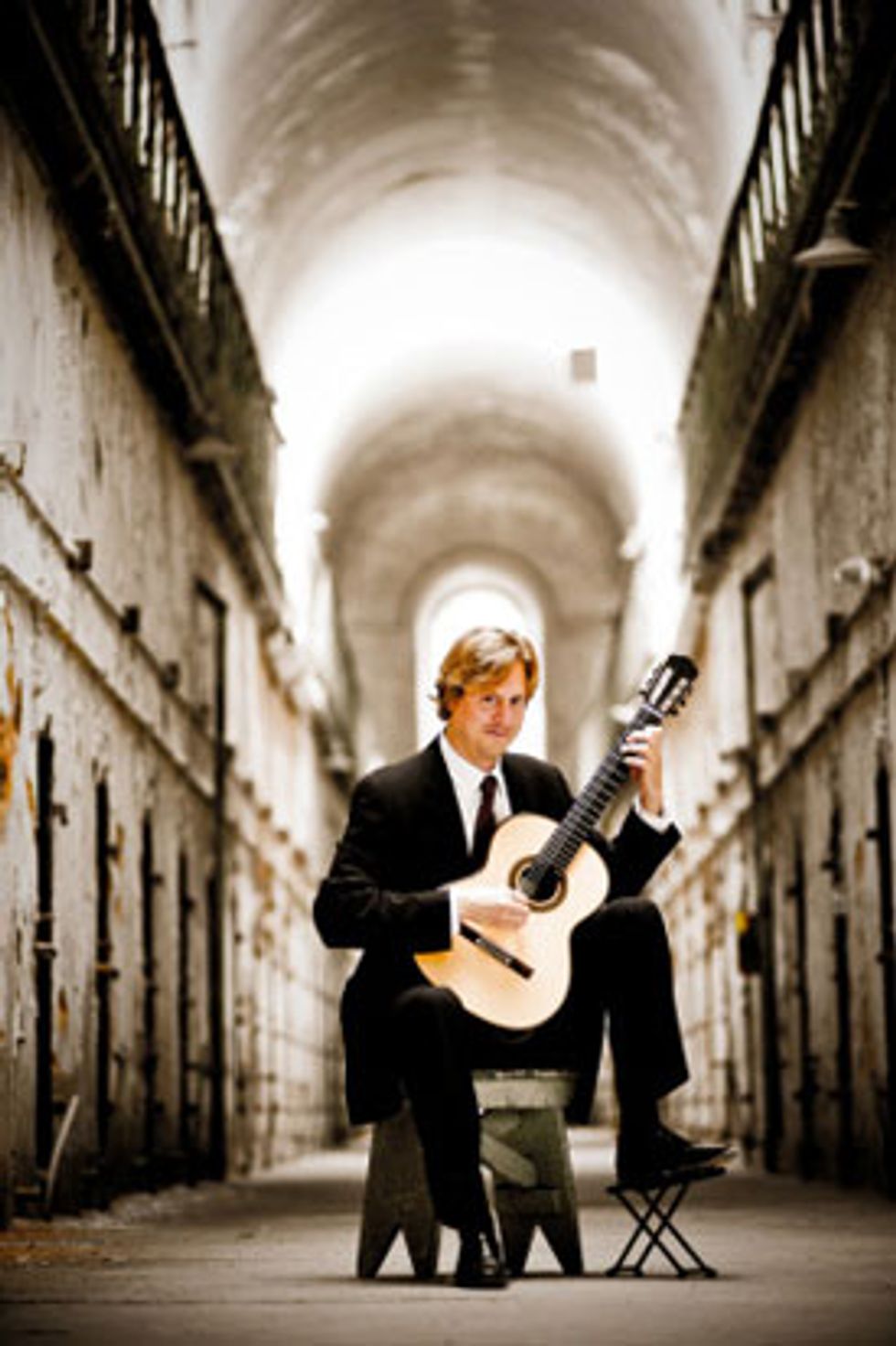
On his latest solo album, Play, classical guitarist Jason Vieaux wanted to include classical arrangements that his listeners had enjoyed live but hadn’t heard on record yet. Photo by Tyler Boye.
Do you have a favorite piece on the album?
It will probably change, but playing “A Felicidade” by [Antonio Carlos] Jobim, who I just think is one of the greatest songwriters of the last 100 years, is just super fun, because you can apply ghost notes and stuff like that. On the recording I try to be pretty faithful to Roland Dyens’ arrangement.
Why did you chose Dyens’ arrangement?
Because it’s awesome! He makes a really wonderful concert guitar piece out of it. I was just knocked out by that arrangement the first time I heard Roland play it 15 years ago. But in concert I inevitably start adding more ghost notes and little subtle things, like I also do with my own Metheny arrangements. Especially in Brazilian music, you don’t always have to play the same bossa nova or samba rhythm exactly the same way over and over—you can alter it like a percussionist while still keeping the beat. That’s a fun thing, because you can change it every time you play it. The other one that really resonates with me is my arrangement of Duke Ellington’s “In a Sentimental Mood,” because it’s just such a soulful tune, and I try to play it as much as I can now.
As a teacher of classical guitar, Vieaux feels the current landscape is vibrant and progressing, but notes the students must love the style of music to really excel. Photo by Tyler Boye.
Do you play “In A Sentimental Mood” off a score, or do you leave room for improvisation?
I left little pockets for things, like the little blues fills—they can be different every time. Like the Images of Metheny record, none of them were written out initially. I fashion an arrangement on the guitar and play it through a few times. They all happen pretty quickly—I think I did that arrangement in about a half-hour. I don’t think I even wrote this one out for the producer. I just gave him a lead sheet.
Jason Vieaux's Gear
Guitars
Vieaux’s main guitar is a 2005 Gernot Wagner, built with Brazilian rosewood back and sides and a double top of spruce (on the outside) and cedar (on the inside). Along with fellow German luthier Matthias Dammann, Wagner is credited with inventing the modern double-top guitar, which consists of a sandwich of two ultra-thin skins of wood (spruce and/or cedar) around a core of Nomex, a honeycombed Kevlar material. Double-tops are very lightweight and stiff, typically resulting in loud and powerful guitars. Vieaux is waiting to take delivery of another Wagner, built from woods that adhere to CITES regulations for the trade of endangered species, which will allow him to travel internationally without worrying about the customs issues associated with Brazilian rosewood.
Strings
Galli Genius Titanium. “I like that the Titanium is very durable, and they allow for a lot of color,” says Vieaux. “They’re adaptable, so I feel like I can suggest a wider range of character than with most strings.”
Amplification
Vieaux typically plays without amplification, or uses whatever external mic the venue provides. But if required, he uses a Fostex mic he’s owned for more than 20 years and a Fishman Loudbox amplifier.
Like many contemporary players, you perform material that goes beyond classical music. Do you think that the term “classical guitarist” still accurately describes modern players?
It does, because “classical guitar” refers to both the repertoire, which is chiefly classical, and the technique. For example, a rock technique, even of the greatest rock player or blues player, is not going to translate over to playing classical guitar. They would have to study the golf swing, basically! On some mechanical level, they’d have to start from the beginning. You can’t play counterpoint or polyphony without some kind of proper mechanics—it just doesn’t happen. Classical guitarists produce sound entirely from their own fingertips and their nails. There is no signal. There’s nothing between them and the listener.
What advice would you give someone proficient in another style of guitar playing who wants to get into classical?
I would say it’s certainly a noble endeavor, but it takes a lot of practice. I have students like that in my online school. They’re sort of sniffing around the classical guitar, coming from rock or blues or something else. Certainly everybody is welcome, and I can teach anybody, but I they have to be prepared to learn a very detailed golf swing, which is what I call it. Because a golf swing has to be pretty precise—there can’t be a lot of excess movement. It’s the same with the right hand in classical guitar. Also, I’m primarily interested in training classical guitarists in the repertoire that the music was built on for years: Sor, Giuliani, the 19th century continental classical period. So for me, it’s really about the music. You have to love the music.
YouTube It
Jason Vieaux’s YouTube channel features links to several performance videos, as well as to sample lessons from his ArtistWorks online courses. This recording of his arrangement of Duke Ellington’s “In a Sentimental Mood” (which is featured on Vieaux’s new album, Play) shows his gorgeous classical tone in the context of a jazz standard.
As an educator, what’s your take on the state of upcoming classical guitarists?
In terms of technical training, the mechanics of it, we’re experiencing something of a golden age. In China, particularly at the conservatory in Beijing, there is a huge movement and output of very fine players—they can really play the most difficult repertoire at a very young age. We’ve seen that in Korea and Japan for many years as well. Even in Europe and the United States, education is starting to catch up with the demand. There were always people who wanted to study classical guitar, but there weren’t that many teachers who really knew the stuff, and now there are many fine players from my generation who are also very fine teachers. As a result, students now are much more prepared. That’s a good thing, because it means the art is moving forward.

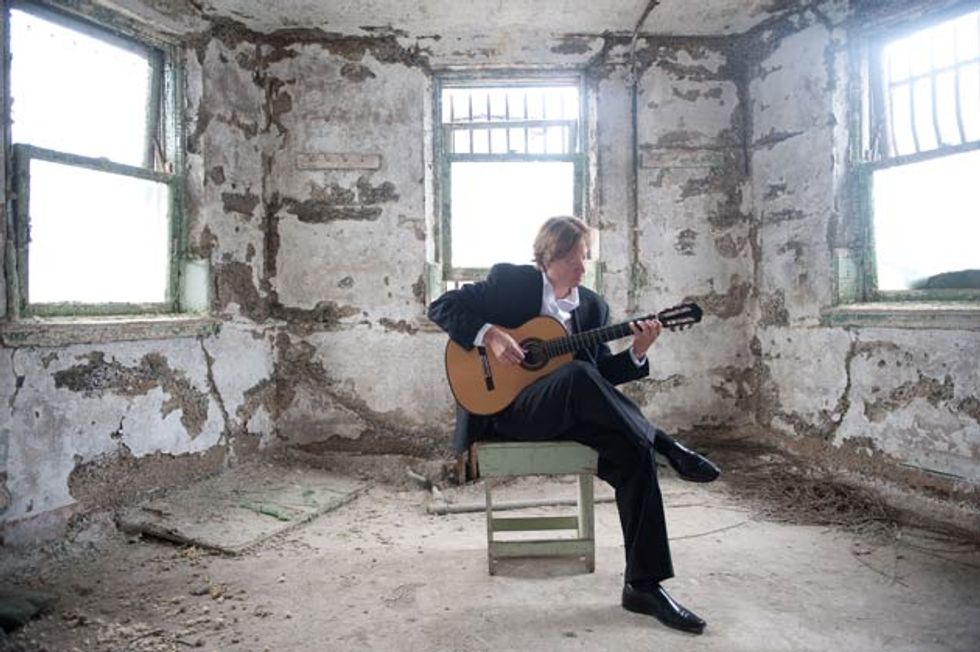
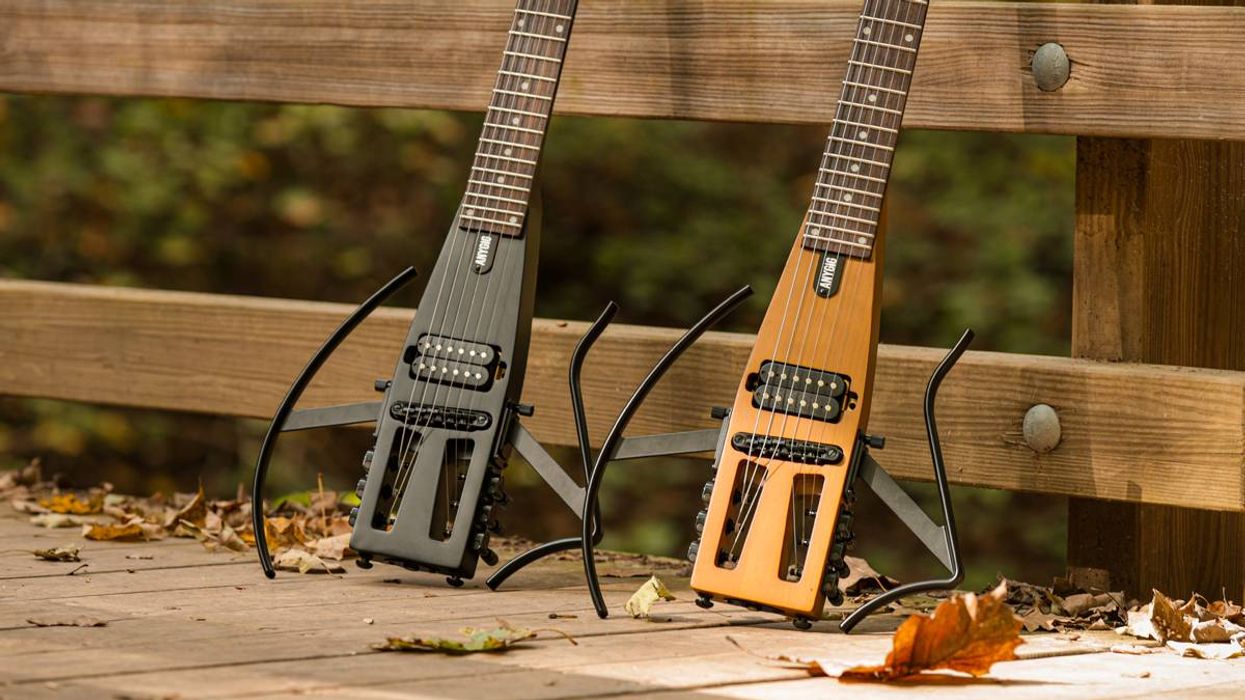
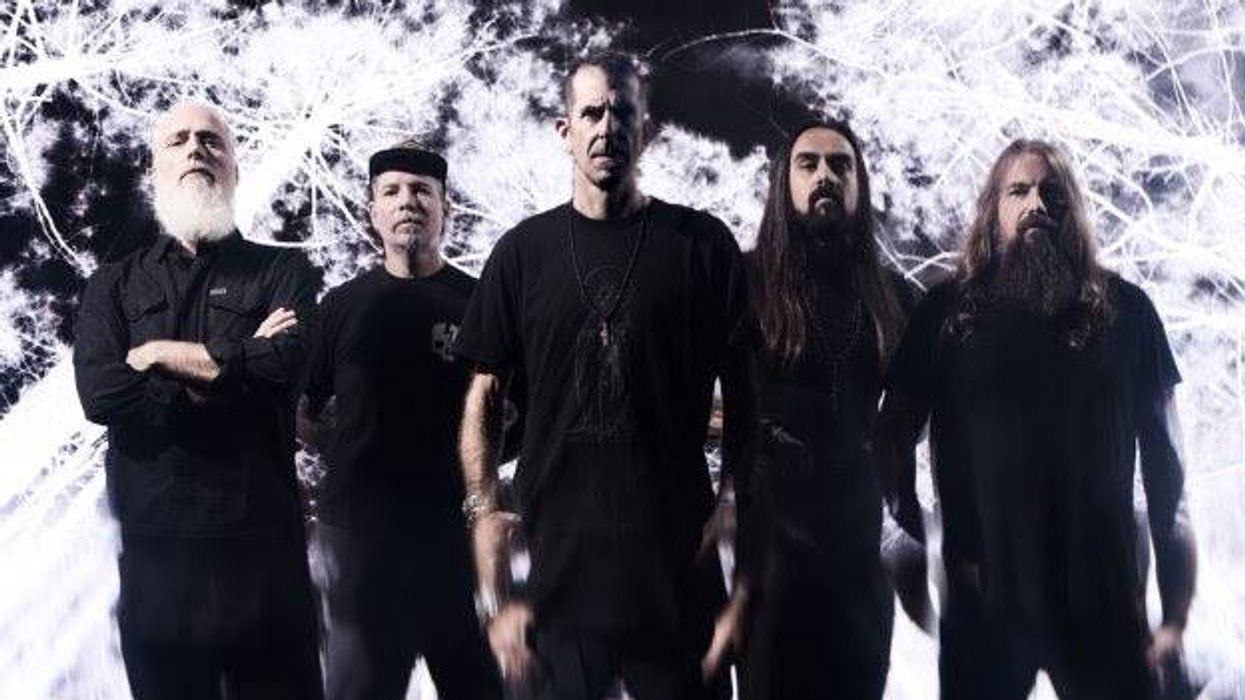
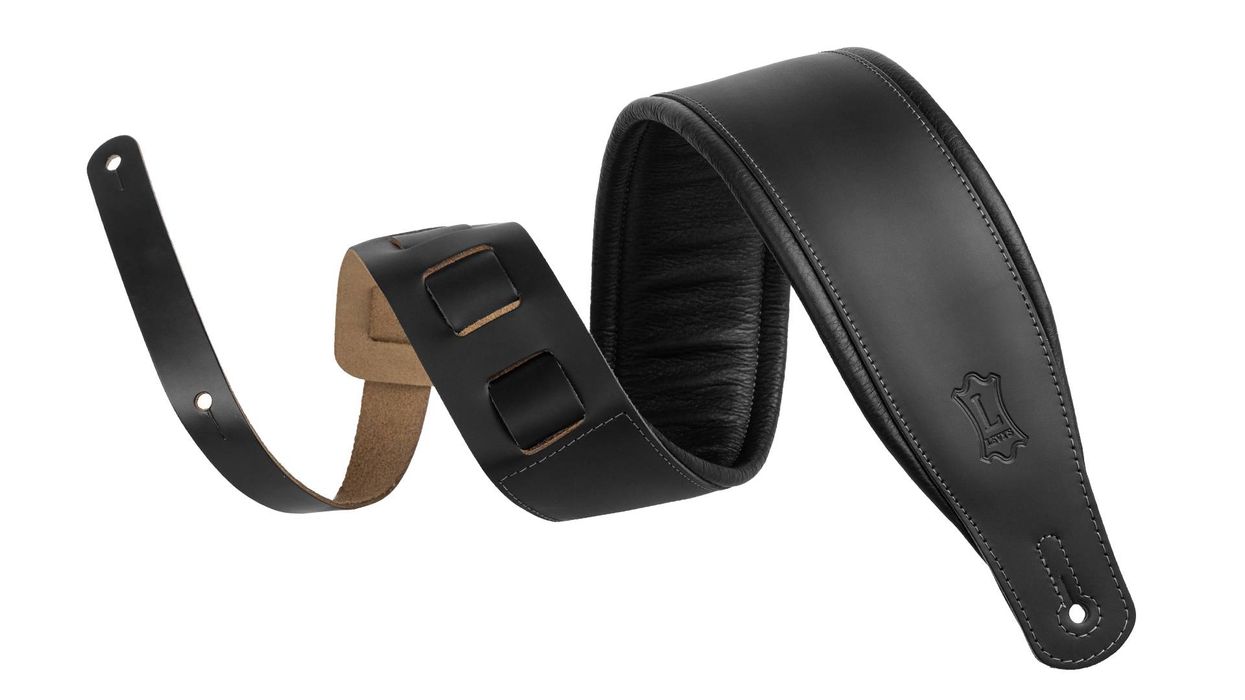

![Rig Rundown: AFI [2025]](https://www.premierguitar.com/media-library/youtube.jpg?id=62064741&width=1245&height=700&quality=70&coordinates=0%2C0%2C0%2C0)












 Shop Scott's Rig
Shop Scott's Rig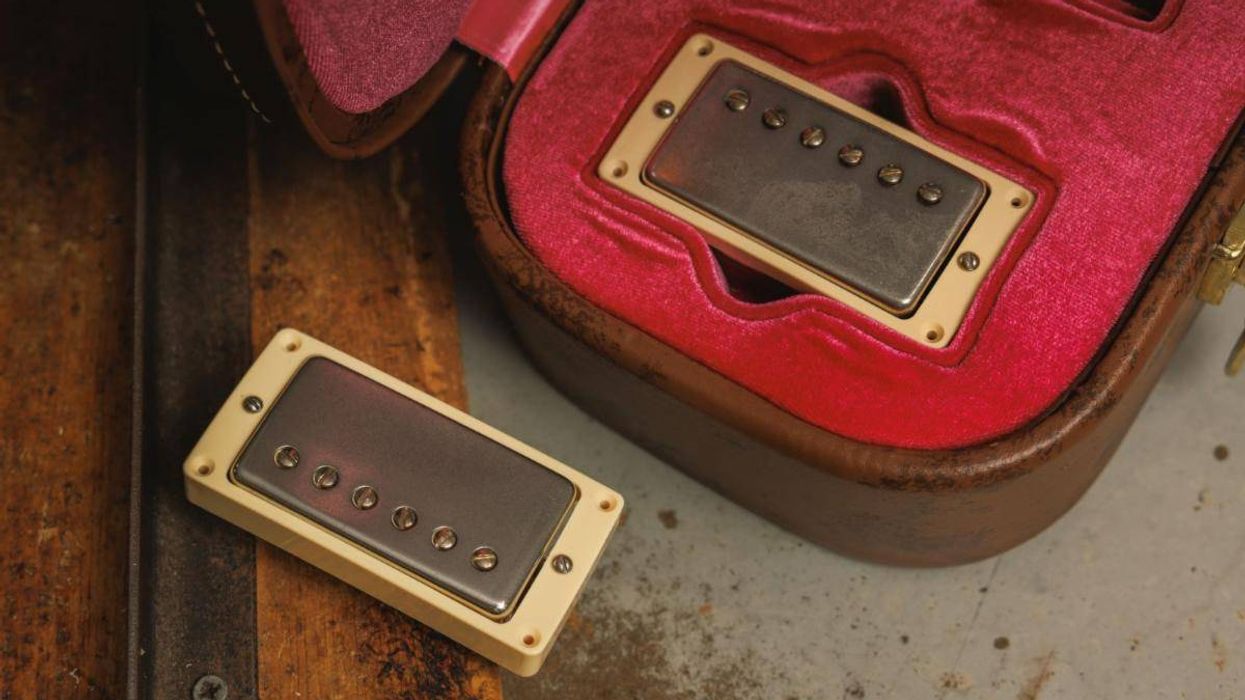

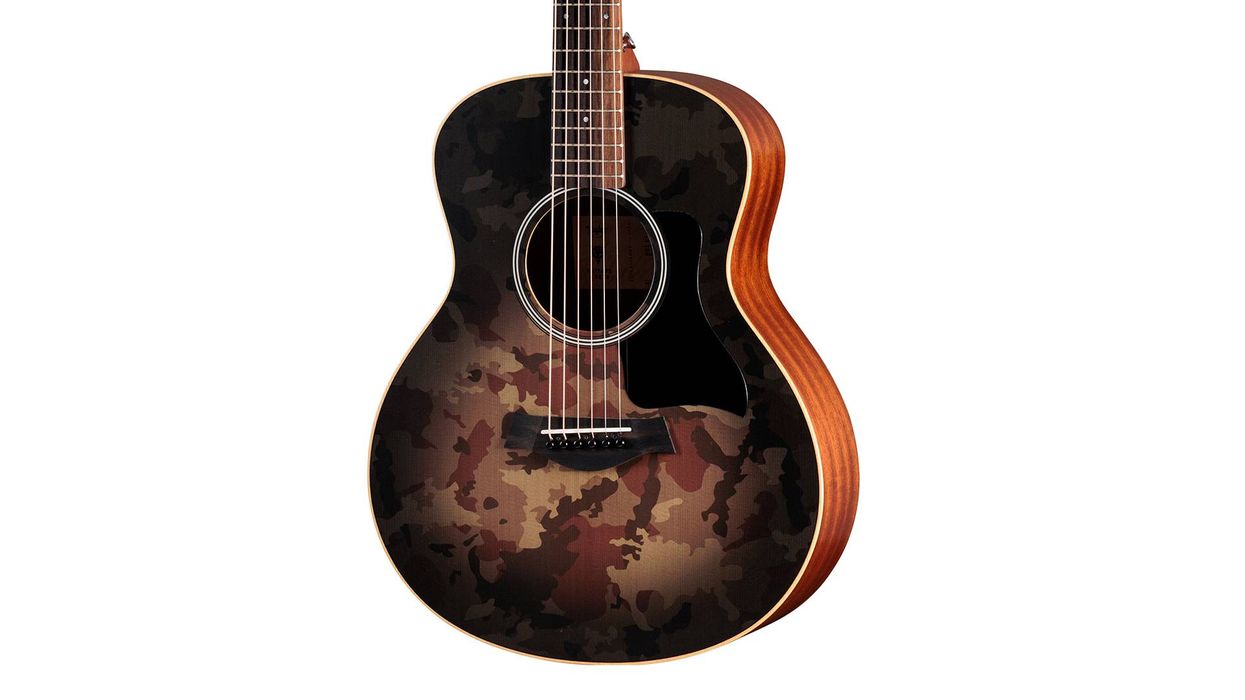
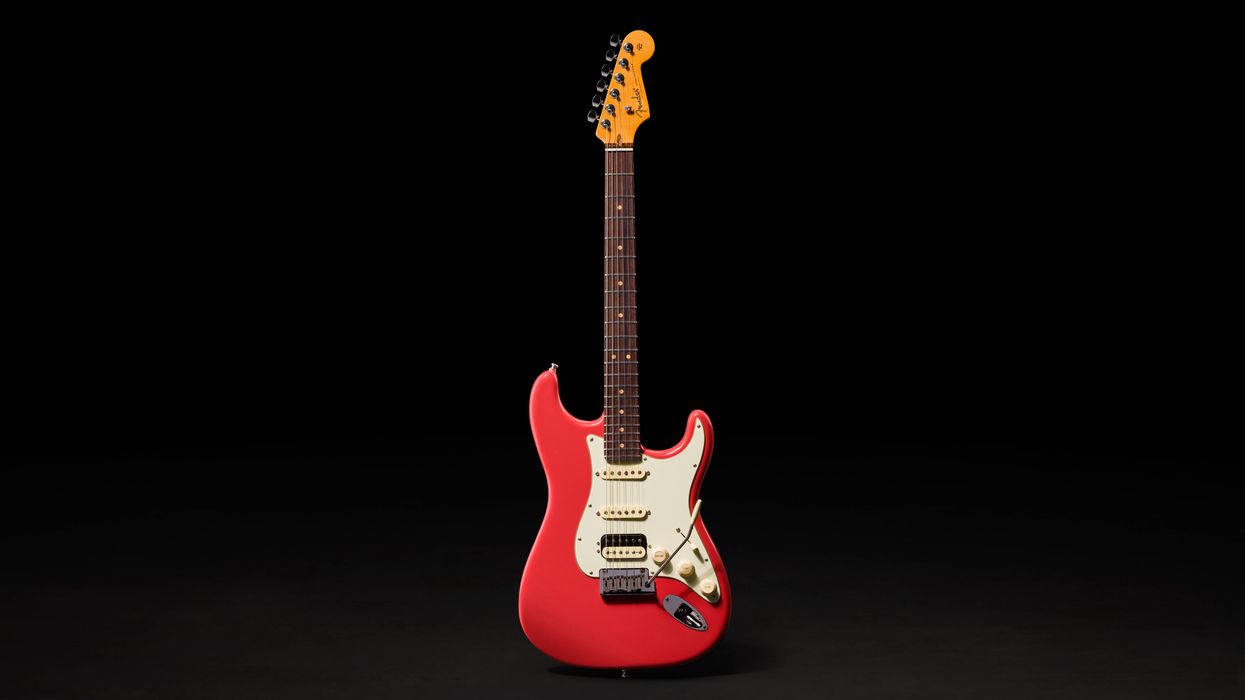

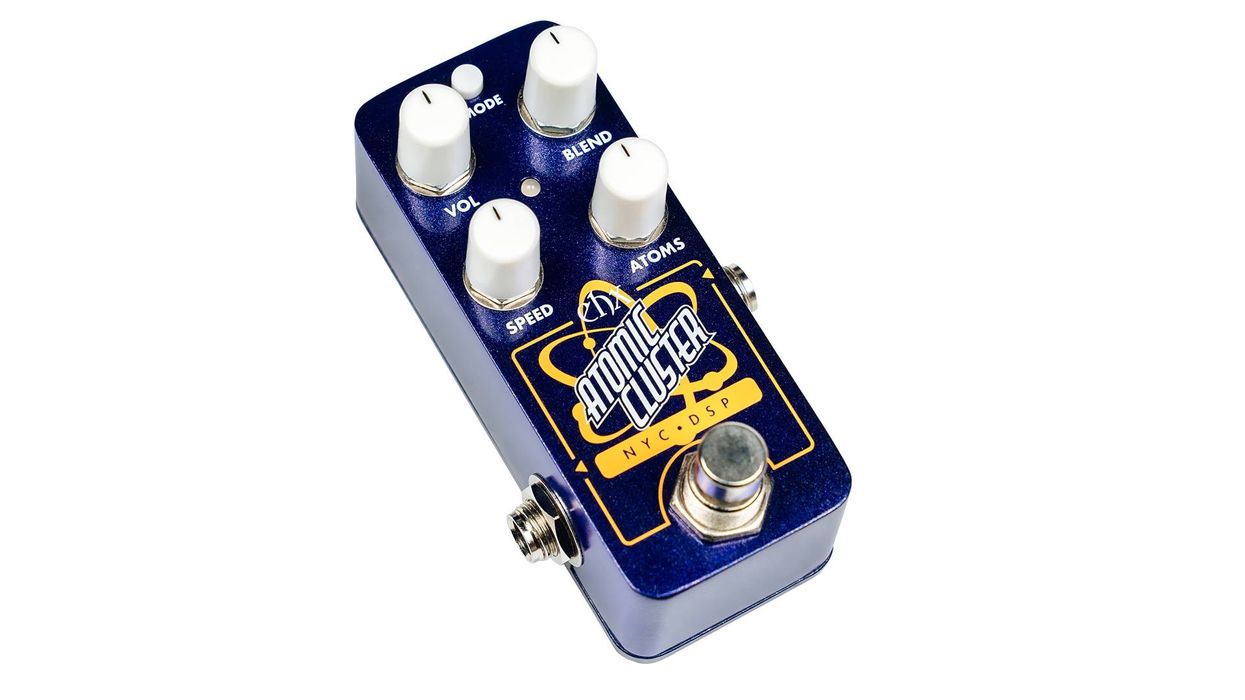








 Zach loves his Sovtek Mig 60 head, which he plays through a cab he built himself at a pipe-organ shop in Denver. Every glue joint is lined with thin leather for maximum air tightness, and it’s stocked with Celestion G12M Greenback speakers.
Zach loves his Sovtek Mig 60 head, which he plays through a cab he built himself at a pipe-organ shop in Denver. Every glue joint is lined with thin leather for maximum air tightness, and it’s stocked with Celestion G12M Greenback speakers.












![Devon Eisenbarger [Katy Perry] Rig Rundown](https://www.premierguitar.com/media-library/youtube.jpg?id=61774583&width=1245&height=700&quality=70&coordinates=0%2C0%2C0%2C0)







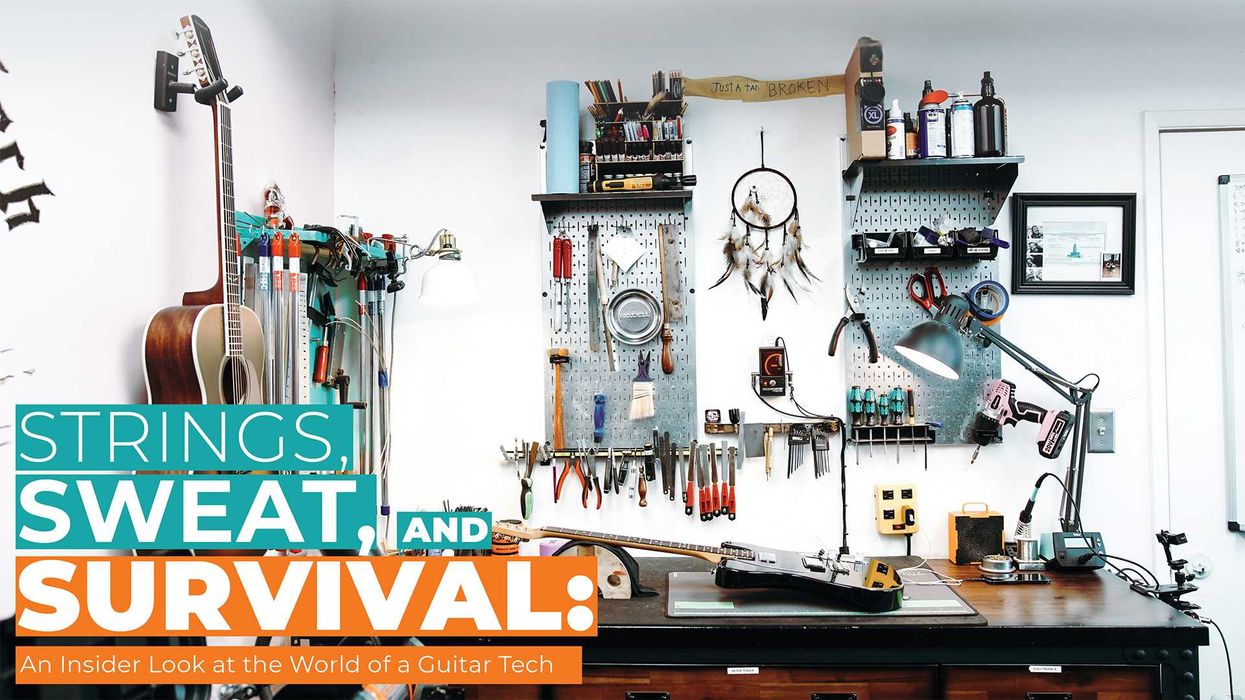
 Luis Munoz makes the catch.
Luis Munoz makes the catch.